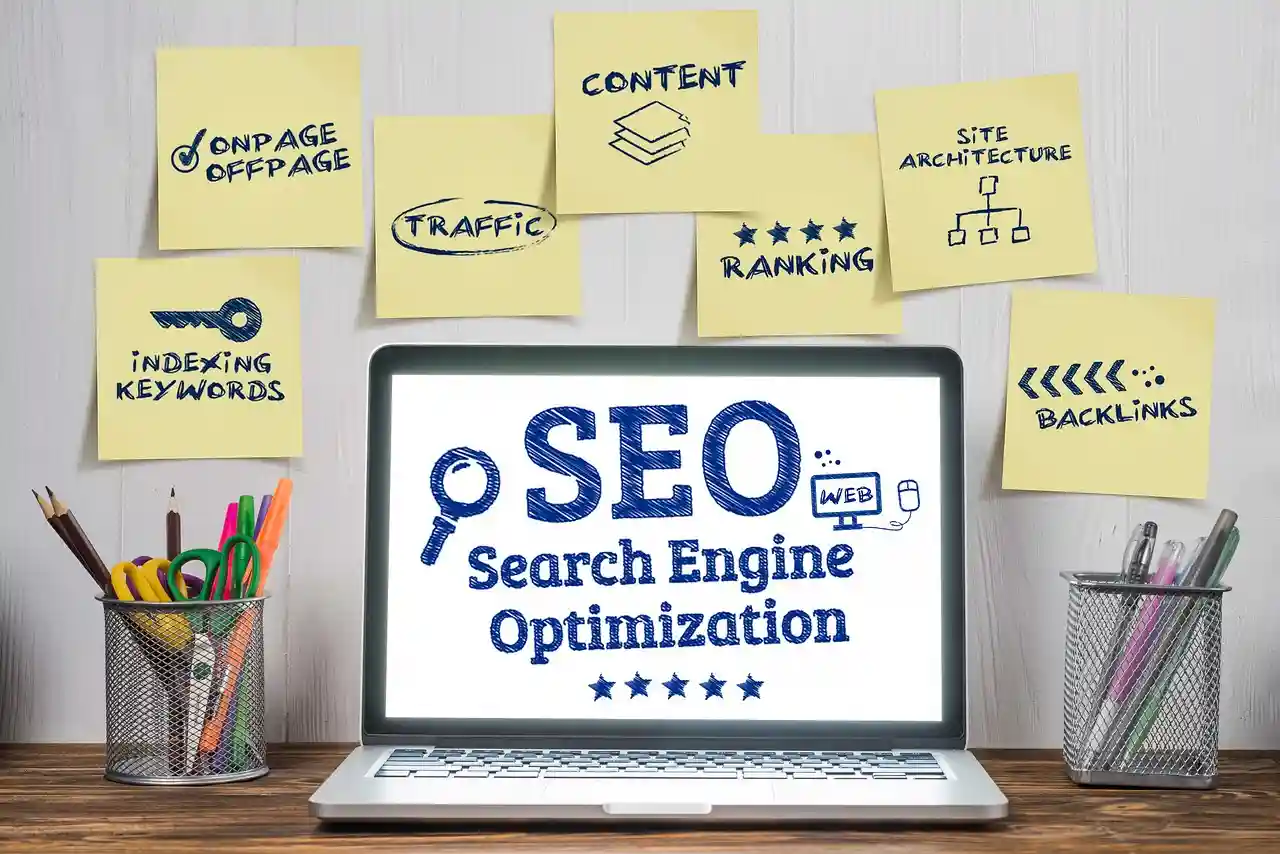
A solid online presence is crucial for business success nowadays. SEO plays a leading role in this by driving visibility and customer engagement. By evangelizing SEO within the Paid, Earned, and Owned model, businesses can create a well-rounded marketing strategy that not only attracts but also retains customers effectively. Let’s find out how!
What Is a Paid Earned Owned Model?
The Paid, Earned, Owned model breaks down marketing into three key categories:
- Paid media includes all forms of paid advertising, like search ads, social media ads, and display ads. It helps target a broader audience quickly.
- Earned media refers to organic traffic such as press coverage, social shares, and customer reviews. Unlike paid media, earned media is “won” through public interest, not bought.
- Owned media covers all digital assets you control, like your website, blogs, and social media profiles. These are key for building long-term relationships with your audience.
What Makes SEO So Crucial For This Model?
While it’s most prominent in Owned media, a well-executed SEO strategy can also amplify visibility in Paid and Earned efforts. By optimizing your content, SEO helps drive engagement and boost conversions, making it a vital part of any successful marketing approach.
Let’s take a look at the three types of the media separately.
Paid Media
When it comes to Paid media, SEO plays a crucial role in maximizing the effectiveness of ad campaigns.
By integrating high-performing keywords into your paid ads, you can better align with your audience’s search queries and intent. This helps you reach the right people at the right time, leading to higher engagement and improved click-through rates (CTR).
Additionally, optimizing your ad content with the right keywords lowers your cost per click (CPC), allowing you to make the most of your ad spend.
But it doesn’t stop there!
SEO also ensures that your landing pages are highly relevant to the ad. This relevance can significantly improve conversions.
Earned Media
In the Earned media category, SEO helps build credibility, brand recognition, and authority without the need for direct payment. By optimizing content for user intent, you can create valuable, shareable content that naturally gains attention on social media, media outlets, and other platforms.
Here, SEO also plays a key role in generating backlinks and mentions, which boost your website’s domain authority and organic rankings which is capable of driving 300% more traffic to websites than socials.
The more your content is shared and cited, the stronger your online presence becomes. Additionally, securing guest posts on reputable sites further enhances your authority and visibility, pushing your brand higher in search results.
Owned Media
In Owned media, assets like blog posts, articles, case studies, and other content types are the backbone of your digital presence. SEO enhances the value of these assets through keyword optimization, internal linking, and crafting effective meta descriptions, ensuring your content is discoverable and ranks well over time.
To maximize the impact of your owned media, it’s also important to prioritize technical SEO. This means focusing on websites that load quickly, are mobile-friendly, and provide an intuitive user experience (UX).
By optimizing both your content and user experience, your owned media becomes a powerful tool for long-term engagement and conversions.
Tips To Evangelize SEO In Paid Earned Owned Model

Emphasize the Importance of Content: SEO thrives on high-quality content. Focus on creating various types, like blogs, case studies, videos, and infographics, to fit each media category.
Raise SEO Awareness Among Stakeholders: Ensure that key stakeholders (marketing managers, business leaders, or PR teams) understand SEO’s critical role in driving success across Paid, Earned, and Owned media. This buy-in is essential for integrating SEO effectively.
Build Coordination Between Teams: Encourage collaboration between different teams. such as PR, paid media, organic content creators, and website design. A unified approach ensures that SEO strategies are aligned across all channels.
Regular Adjustments and Improvements: SEO is not a one-time effort. Regularly review and adjust your strategies based on performance data to maintain momentum and adapt to changing trends and algorithms.
Focus on Long-term ROI: SEO might not yield immediate results, but its long-term impact is substantial. By prioritizing sustained growth, you’ll build a solid foundation that benefits all areas of media over time.
Long-Term Benefits of Effective Search Engine Optimization Strategy
Unlike paid ads, SEO is not a one-off expense!
It’s an investment that keeps delivering results over time. Even if you pause your ad campaigns, an optimized SEO strategy ensures that visitors will continue to find your content organically.
By combining SEO with other media strategies, you create assets that will consistently attract traffic. This approach supports long-term business goals, driving sustained growth and engagement long after the initial effort.
Take-Home Message
Integrating SEO into the Paid, Earned, and Owned media model is essential for building a sustainable and successful marketing strategy.
By optimizing content and ensuring alignment across all channels, businesses can drive long-term engagement and maximize ROI. SEO is not just an add-on but a key pillar that enhances the effectiveness of your overall marketing efforts.
Frequently Asked Questions
How does Paid and SEO work together?
Paid media and SEO complement each other by driving visibility. SEO helps improve organic search rankings, while paid ads target immediate results.
How to combine PPC and SEO?
Start by aligning keywords between PPC and SEO campaigns. Use high-performing PPC keywords to inform SEO content. Optimize landing pages with SEO best practices to improve both ad relevance and organic rankings.
How can I measure SEO success?
Track key metrics like organic traffic, keyword rankings, and conversion rates. Tools like Google Analytics help monitor performance over time. Other indicators of success include backlink growth, improved domain authority, and increased engagement metrics like time on page and bounce rates.





